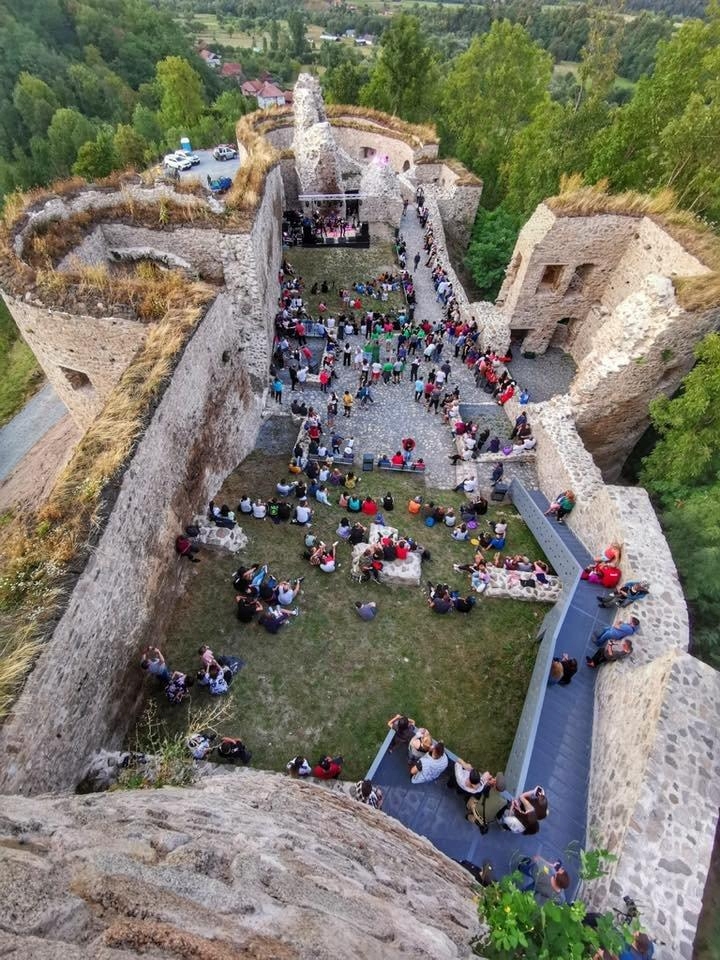
North-West Regional Development Agency AP
30 organizations from the North-West Region in Romania actively engaged in heritage-related initiatives
RFC aims at the sustainable revitalisation of heritage buildings by improving the coexistence of fortified cities and neighbouring forts in urban regions. There is a high number of former fortresses and fortified sites of big historical value in Europe, established at different times.
This fortified heritage defines the image of today’s landscape and the struggle and war around these cities define the current borders of municipalities, regions, countries and Europe. But in many cases such constructions are neglected, some derelict, some presented as historical monuments, or only partly utilised. In the majority of cases, they are fragmented and there is a problem to maintain them as this requires big financial investments and strong cooperation.
Focuses of RFC:
€1,357,628.00
Environment and resource efficiency
Priority 3: Improving the quality and accessibility of public services – Convergence Objective
This priority aims to improve the quality and availability of public services in the following areas: Social services, public health, employment and security, and risk prevention. These services are of great benefit to Czech citizens, and their efficient delivery depends on good quality public administration at state, regional and municipal levels.
Investment Priority 6c of priority Axis 3: Maintenance, Preservation, Promotion and Development of natural and cultural heritage.
The main problems defined in the Integrated strategy of culture support till the year 2020 are: Impacts of the long term insufficient financing of the maintenance of part of cultural monuments, gaps in their administrational management and worse availability of monuments.
Specific Objective 3.1: Increase of effectiveness, enhancement of the protection and development of cultural heritage
The aim is to preserve, protect and develop the potential of the cultural heritage and to utilise this potential for balanced development of the territory with positive impacts on local or regional employment and competitiveness, to make the performance of the public administration more effective through the development and utilisation of the strategic documents focused on territorial development support, to support the overall approaches to its solutions, to increase the quality and transparency of the decisions.
Objectives, characteristics
Service Area Oriented Policy offers a coherent approach to development across municipal boundaries. This often involves a complex combination of multiple themes or policy domains.
Based on the area-specific possibilities, the policy that was set up will lead to structural cooperation and a promising dynamic with a supported approach to positive developments in the area.
This means cooperation, not only with the various authorities, but also with local organizations and private partners. Together this policy achieves a more supported and larger result.
Priority: Framework Plan Fortress Belt Antwerp
Improvement
The Policy Plan and Framework Plan handles the fortresses around Antwerp. But surprisingly the fortress cities around Antwerp are not included. Actually there is no real knowledge or improvement of this matter at all on Provincial/Regional Level. And in practice it appears that the fortress structures start to disappear. There are multiple aspects that can be improved by the policy instrument:
• Besides the fortresses, specific attention for the fortress cities and the historic walls that have formed these cities and landscapes centuries ago.
• A strategic way to use these city walls and urban edge to define solutions for multiple themes, such as green-blue approach, heritage, recreation, infrastructure, development, innovation.
• This research will deepen the integrated aspect and will uncover many challenges and opportunities.
The municipal master plan aims to propose a sustainable solution for the regeneration of the historical centre of Komotini, which is developed around and within the Byzantine fortress of the city.
The main objectives of the plan are:
• The highlighting of the Byzantine fortress as millstone of the city
• The upgrading f the monuments of the target area
• The creation of a cultural route in the target area
• The improvements of the economic activity in target area
• The training of local actors regarding the cultural assets of the target area
Priority Axis 5: Improving the urban environment and preservation, protection and sustainable exploitation/valorization of cultural heritage
Investment priority 5.1: Boost local development by preserving, protecting and capitalizing on cultural heritage and cultural identity.
Specification of actions to be funded:
• Restoration, consolidation, protection and preservation of historical monuments;
• Restoration, protection, preservation and realization of interior paintings, frescoes, exterior wall paintings;
• Restoration and remodelling of façade plastics;
• Indoor facilities (installations, equipment and facilities to ensure climatic conditions, fire safety, burglary);
• Equipment for the exposure and protection of mobile and immovable cultural heritage;
• Marketing and tourism promotion activities of the restored landmark, including digitization, within the project.
Property regime and approvals from Ministry of Culture are often hindering the projects preparation. More flexible conditions and more effective impact indicators could improve the implementation of this priority axis. Also, a new governance model, proposed by this project, would prepare more targeted projects for ROP. The OP focuses primarily on investments, the improved cooperation among respective institutions - cities and fortresses will contribute to costs savings, mitigate impacts of restorations on environment, etc..
2.4. Priority axis No. 4: Improving the Quality of Life in Regions with an Emphasis on the Environment, 2.4.3. Investment priority No. 4.3: Taking actions to improve the urban environment, to revitalize cities, to reduce air pollution and to promote noise-reduction measures.
Main objective: Improving the environmental aspects of urban and metropolitan areas through the construction of green infrastructure elements and through the adaptation of urban environment to the climate change as well as the introduction of system elements reducing air pollution and noise.
The focus on protection of cultural and natural heritage is given predominantly from an environmental point of view in the existing strategies, the strategies focused on the protection of cultural and historical monuments only tackle this issue. The only document at national level dealing with the protection of cultural and natural heritage is the existing Strategy for the Development of Culture of the Slovak Republic for the years 2014-2020, which was approved on 14 May 2014 by the Government of the Slovak Republic. The development of the Action Plan involving the basic steps following the existing OP focused on better cooperation of Cities and fortresses in preservation of the monuments from environmental point of view, set up on know-how reached and shared by the project partnership, will create the base for the development of innovative strategies.
Thematic objective 6: Preserving and protecting the environment and promoting resource efficiency; O.E.6.3.1.: Promote protection and development of cultural heritage: to reach a good level of heritage conservation by establishing criteria to achieve an efficient, effective and real cultural heritage preservation, to improve accessibility to heritage, promote respect towards it and promote its dissemination as well as didactic interventions. Actions listed financed within the OP are restoration of: churches, defensive architecture, singular properties, archaeological and paleontological deposits and monasteries and cathedrals.
The defensive heritage should create new models of coexistence in the municipalities where it is located and define new innovative ways of utilization focused on its future self-sufficiency. For this, it should be stablished new governance models for defensive heritage, giving criteria and proposing an action protocol according to the characteristics of the assets and its ownership, since the duty to conserve corresponds to the owner (art. 33 of Law 3/1999, 10th March, of the Aragonese Cultural Heritage. Future restoration activities funded by the OP should be in line with a new action protocol for monitoring restorations for new ways of utilization of the defensive heritage.
The above named policy instrument further develops cultural sites and improves the presentation of the unique and irreplaceable cultural heritage of Saxony-Anhalt. The changed reception habits of the increasingly older population, including the typical visitors of cultural heritage and museums is taken into account by the policy instrument. Interventions financed by the policy instrument strengthen the attractiveness of cities for residents, visitors and companies and achieve a visible positive effect on local, not least economic, development.
The current financial era of low interest causes intensified building and construction activities. The investment pressure on historic sites located in urban centres is extremely high. Policy instruments have to be able to react on this and to help and actively protect support listed monuments and valuable cultural heritage sites by raising visibility, strengthening accessibility and augmenting public perception.
This can contribute to saving monuments and cultural heritage sites from being developed under purely economic motivations and thus being endanger of losing their value for society.

30 organizations from the North-West Region in Romania actively engaged in heritage-related initiatives
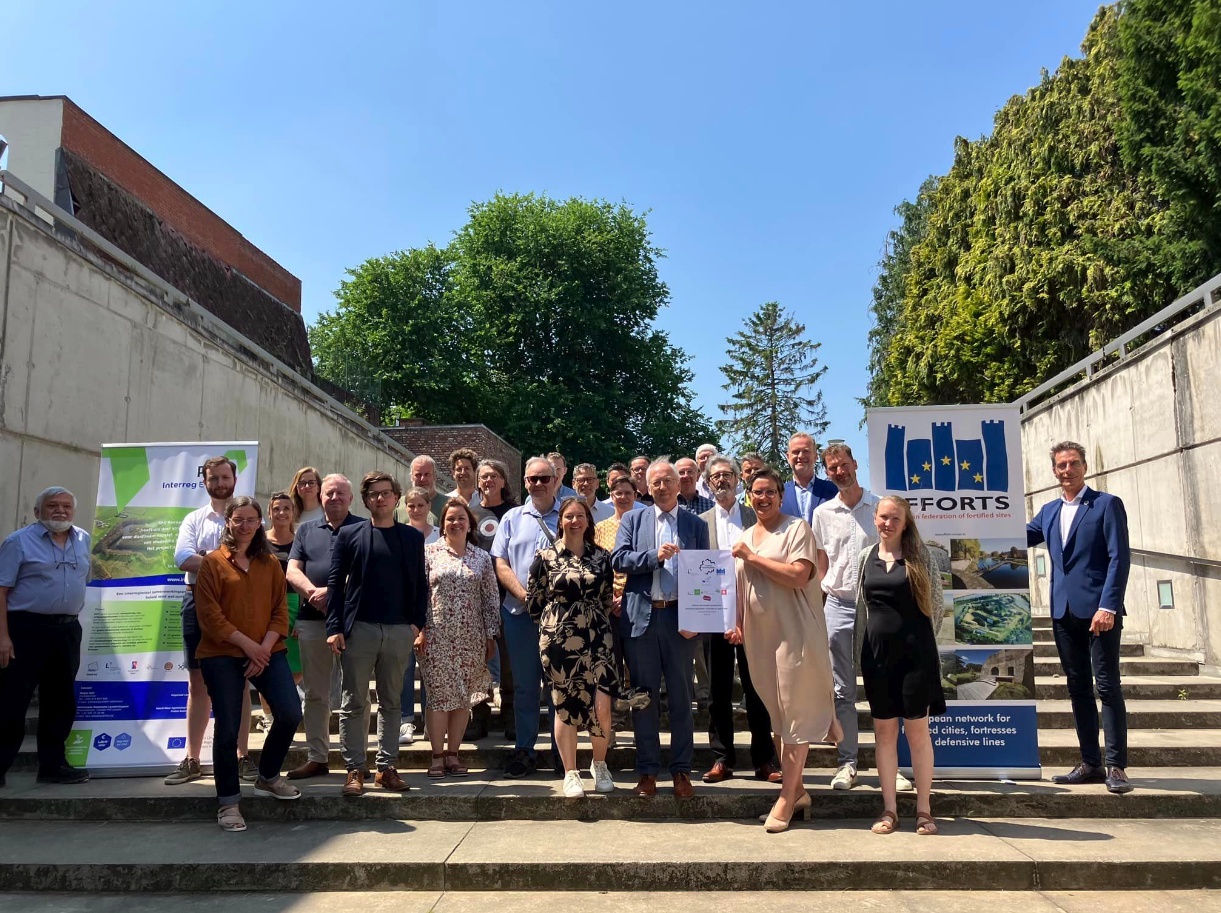
Antwerp Regional Landscapes Implementation: Collaborative initiatives among fortress cities, cultural projects, and heritage preservation
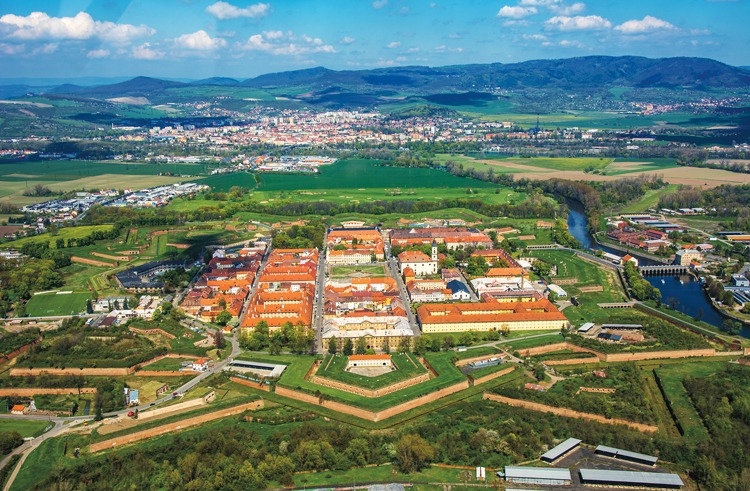
Implementation of Ústí Region Action Plan: Expanding Policy and Enhancing Terezín Fortress Sustainability

Local stakeholders from NW Romania and European partners held 3-day hybrid meetings in March 2023 to ensure RFC sustainability and its Action Plan measures.
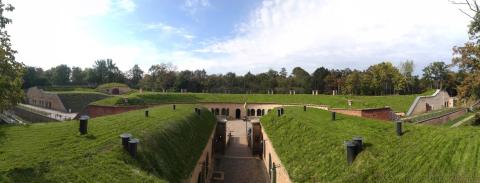
A very interesting article about the restoration of fortified cultural heritage sites in the City of Magdeburg
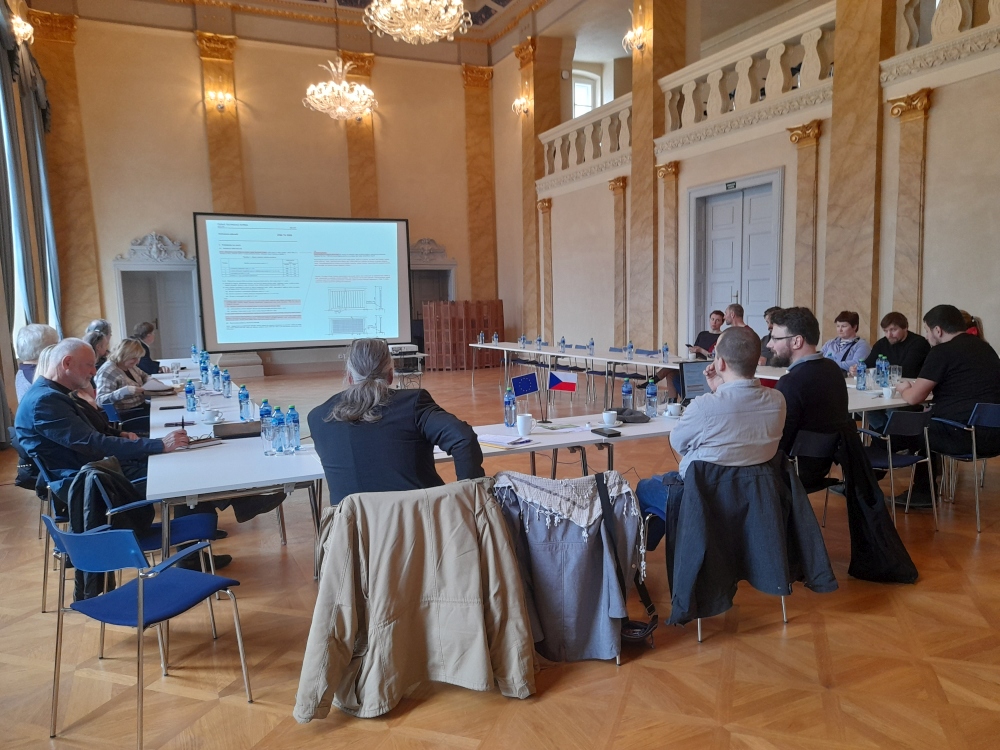
The 12th regional stakeholders meeting was held in Terezín in March 2023.
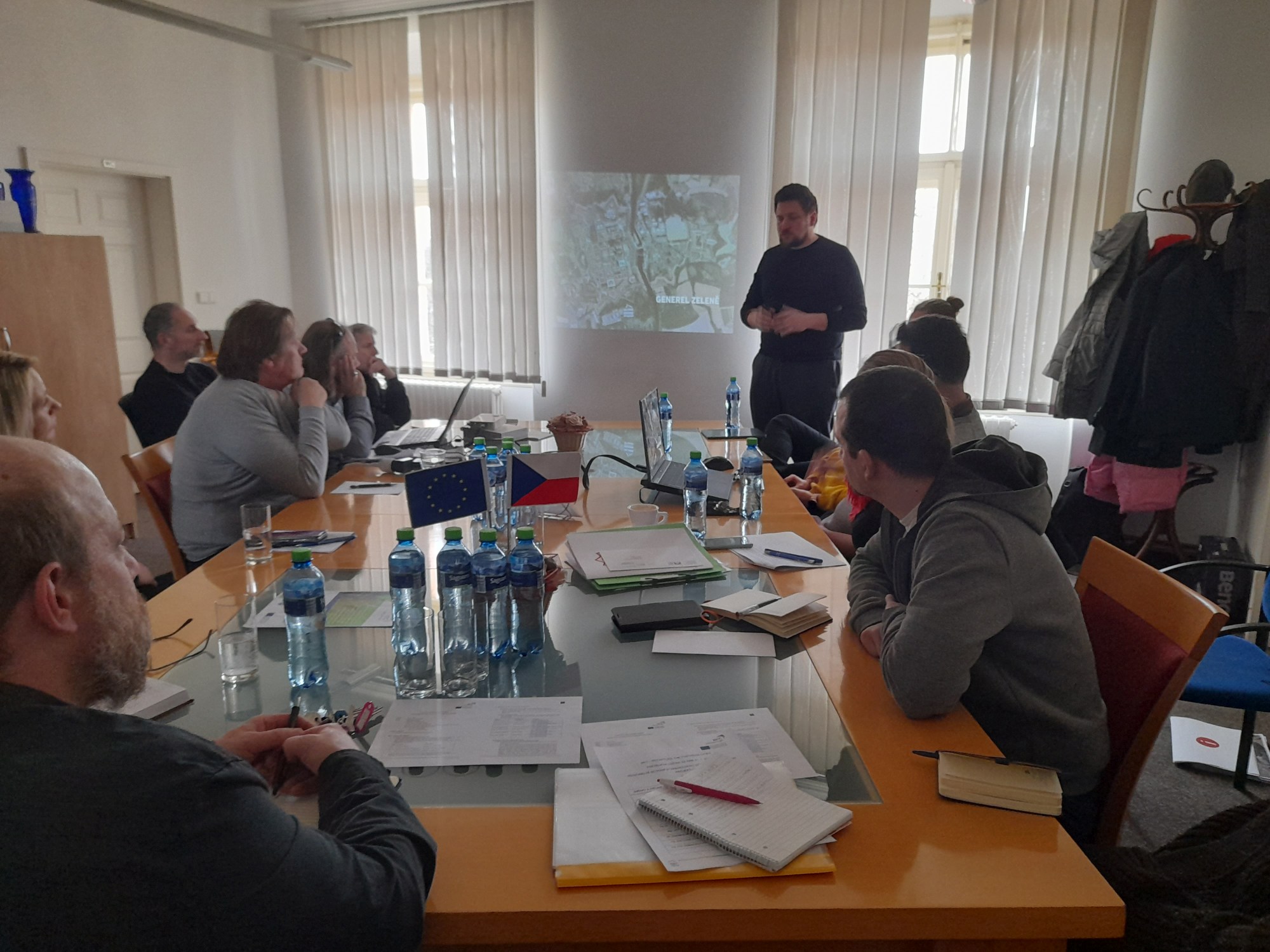
The Lead Partner of Recapture the Fortress Cities held at Terezín the 11th Regional Stakeholders Meeting
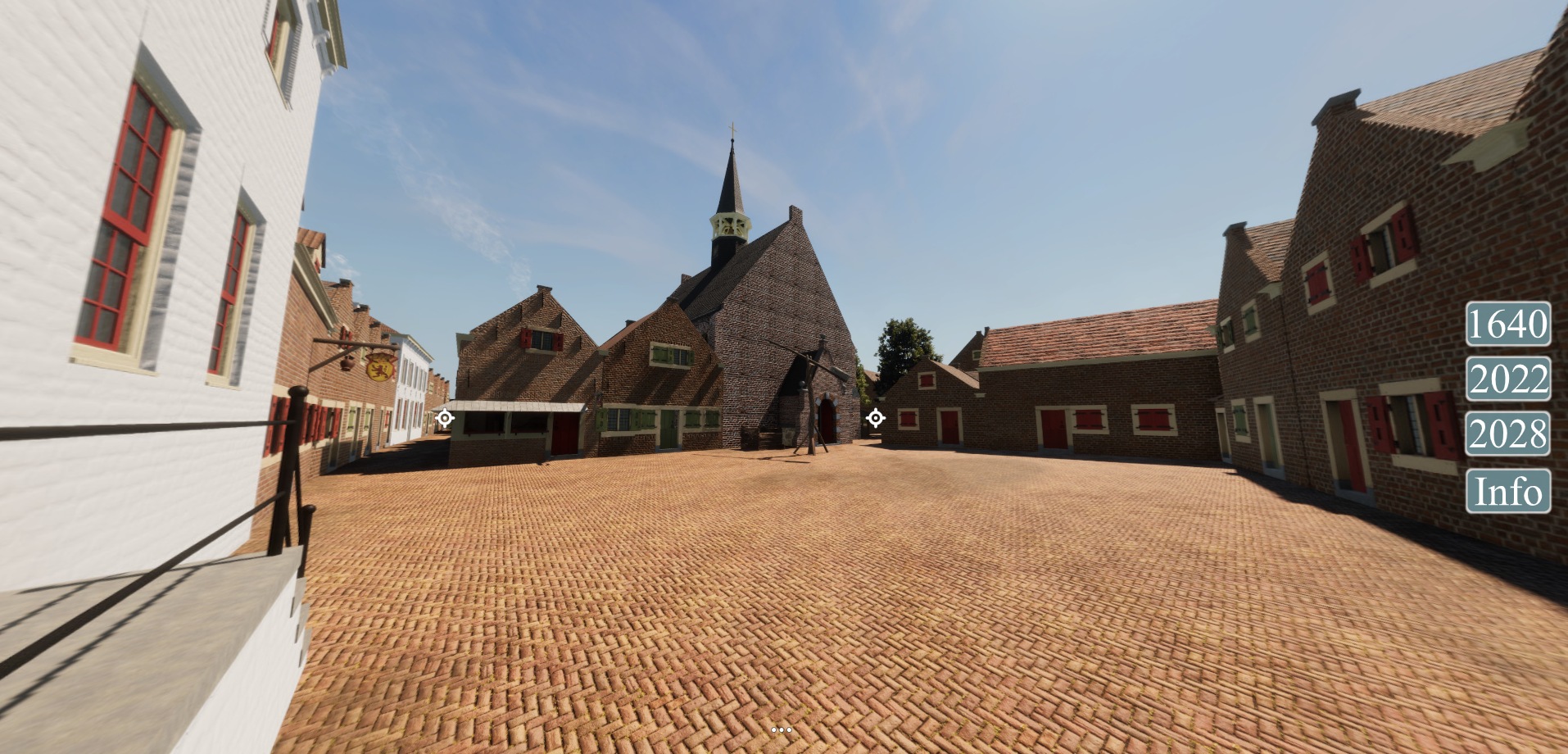
VirtuaFort is dedicated to test innovative digital technology of Virtual Reality (VR) in fortifications in the Antwerp region
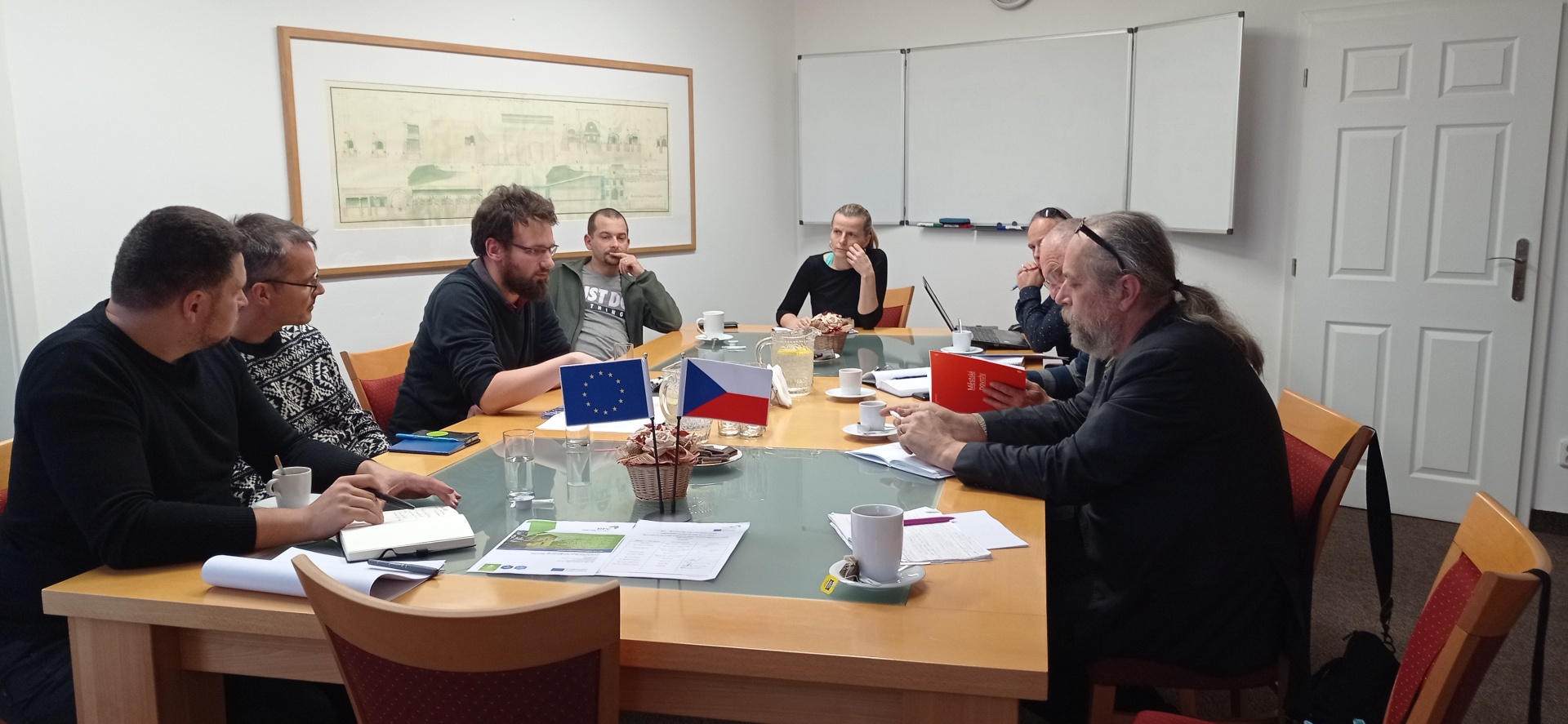
The Ústí Region invited its stakeholders to the meeting with the suppliers of the actions of the action plan.
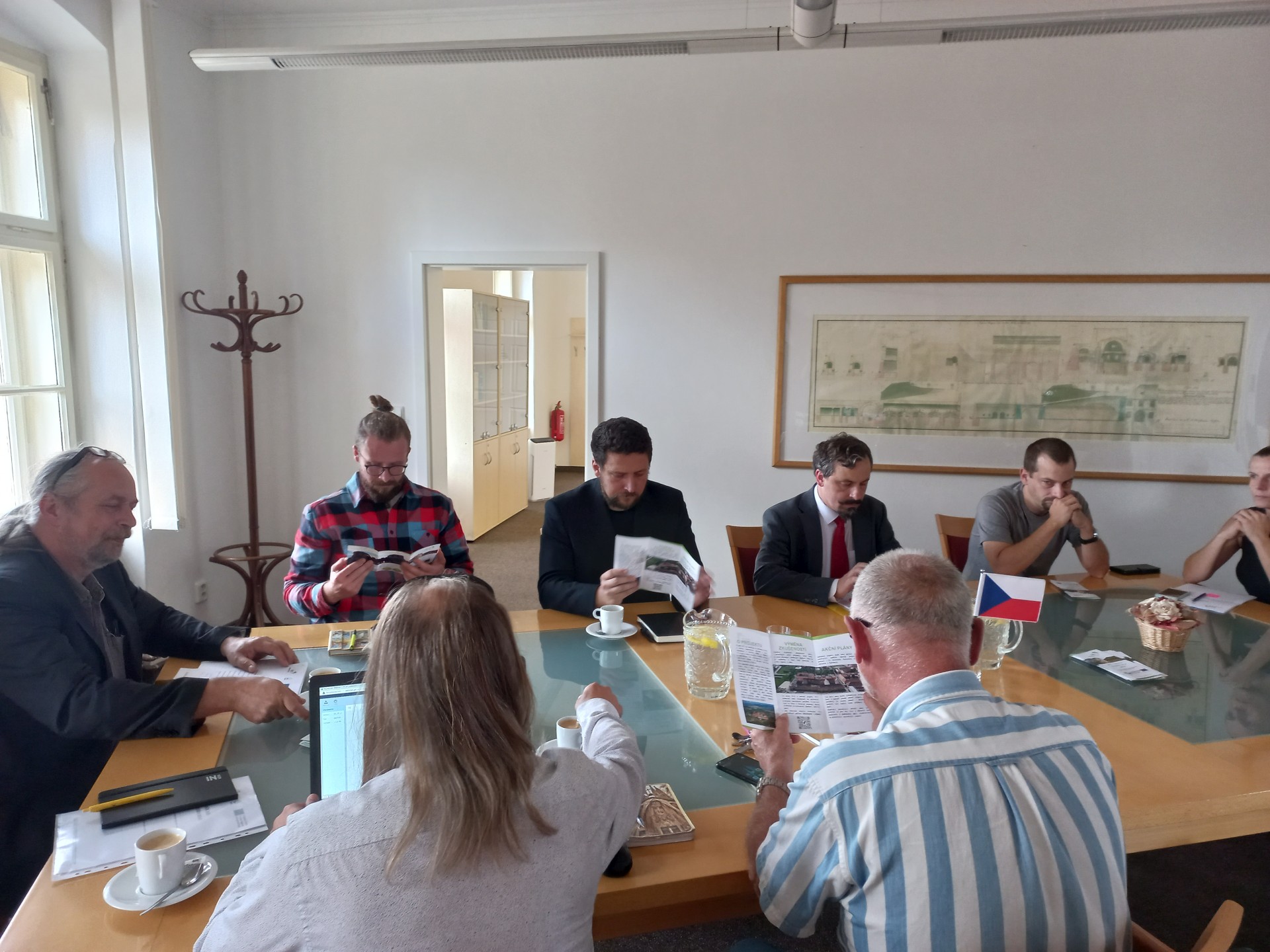
The 9th Regional stakeholder meeting was held in Terezín on September 9, 2022